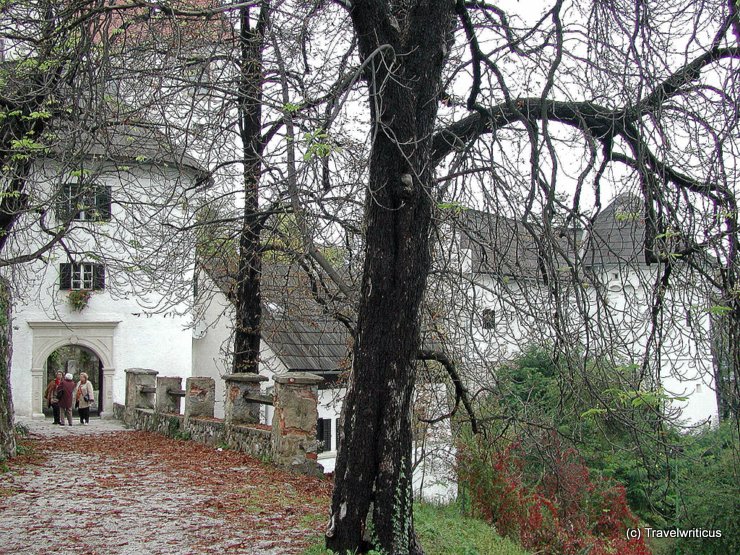
Velenje Castle (Velenjski grad) is a well-preserved castle high over the Slovenian city of Velenje. It offers an interesting museum inside. For example, you see the reconstruction of an old grocery shop and the remains of two mastodons.
Browse through your travel destination!

Velenje Castle (Velenjski grad) is a well-preserved castle high over the Slovenian city of Velenje. It offers an interesting museum inside. For example, you see the reconstruction of an old grocery shop and the remains of two mastodons.
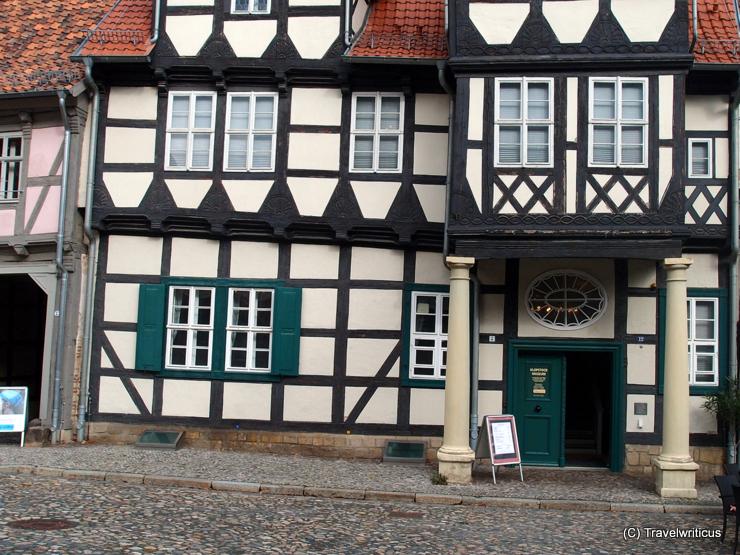
German writer Friedrich Gottlieb Klopstock was born in this building on July 2nd, 1724. Today it houses a museum about his works, e.g. the epic poem ‘The Messiah’ (Der Messias). Biographies of several additional local personalities complete the exhibition.

This mosaic on a building in Vienna reminds pedestrians of an ancient gate (porta principalis dextra) that stood here in the 1st century. It was part of the Roman fort Vindobona, the nucleus of modern Vienna.
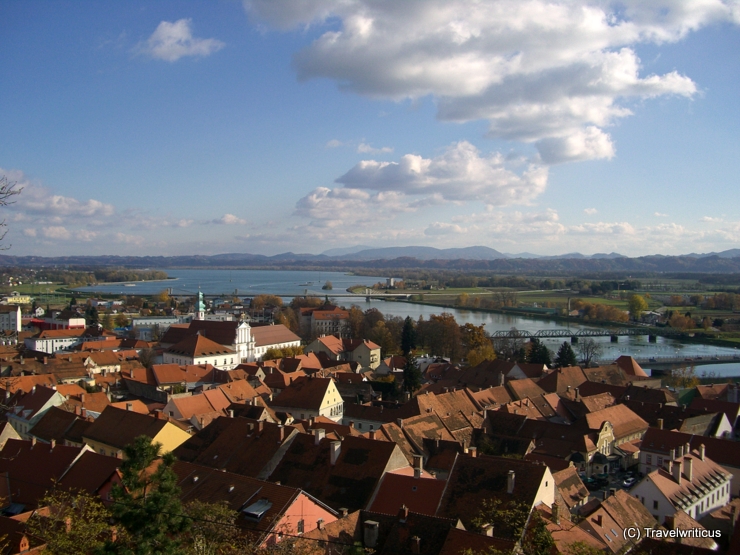
This is a view over the rooftops of Ptuj taken from the castle high above the city. From there, you can see how the Drava River turns into an artificial lake (Ptuj Lake) due to a nearby hydropower station. On the lake, there is much space for aquatic sports.

Windegg Mansion (Schloss Windegg), also known as the ‘Bürgle‘, was founded in the 14th century as a guesthouse for a nearby abbey. There is a rumour that Pope Martin V stayed here for some time after his election in 1417 at the Council of Constance.
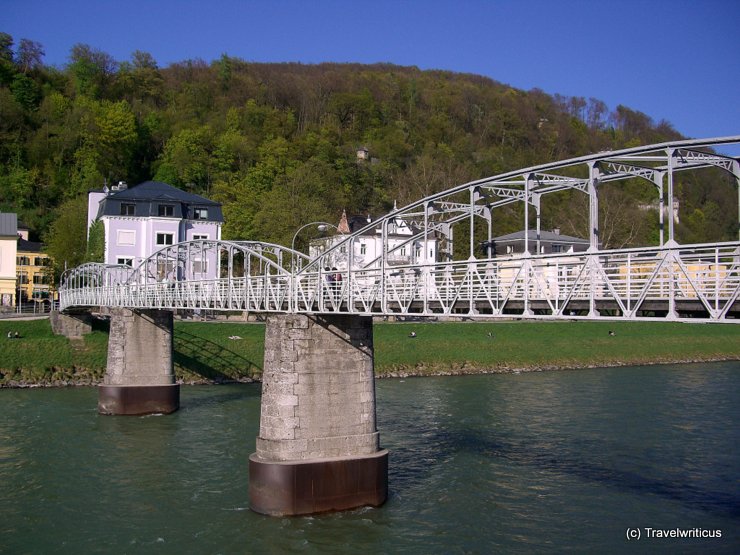
The Mozartsteg in Salzburg is a footbridge named after Wolfgang Amadeus Mozart. It saw its construction in 1903 as a toll bridge. The toll booth still exists and houses a small shop now.
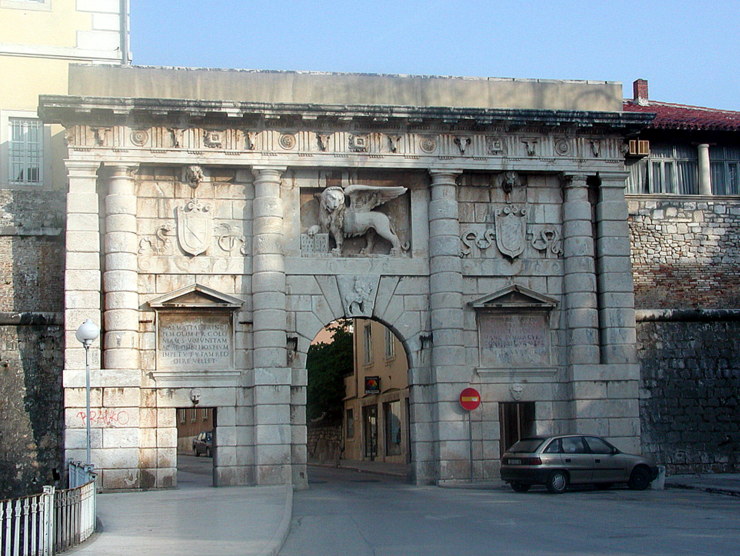
Visitors often enter the Croatian town of Zadar through the Porta Terraferma. The gate was created in 1543 based on a design by Michele Sanmicheli. At that time, it served to defend the Venetian port city.
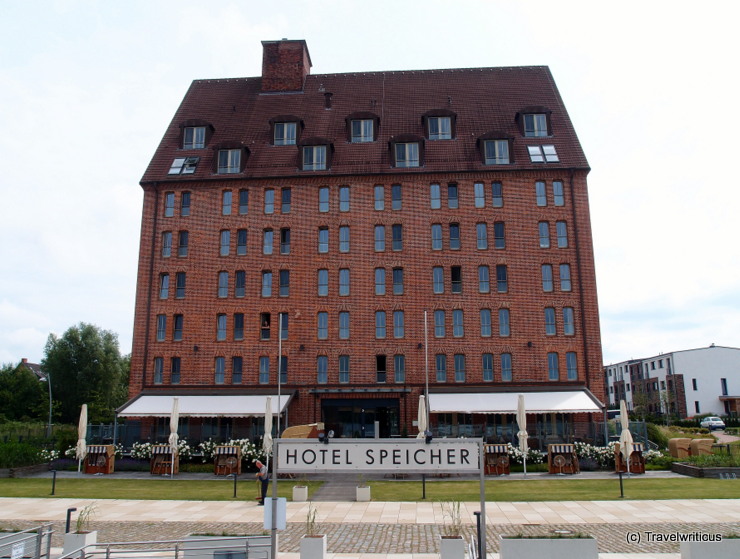
Visitors find the Hotel Speicher am Ziegelsee in a former granary dating back to 1939. The edifice is situated next to a lake named Ziegelsee, which is why guests can reach the hotel by boat. The sign HOTEL SPEICHER is the name board of the boat station.
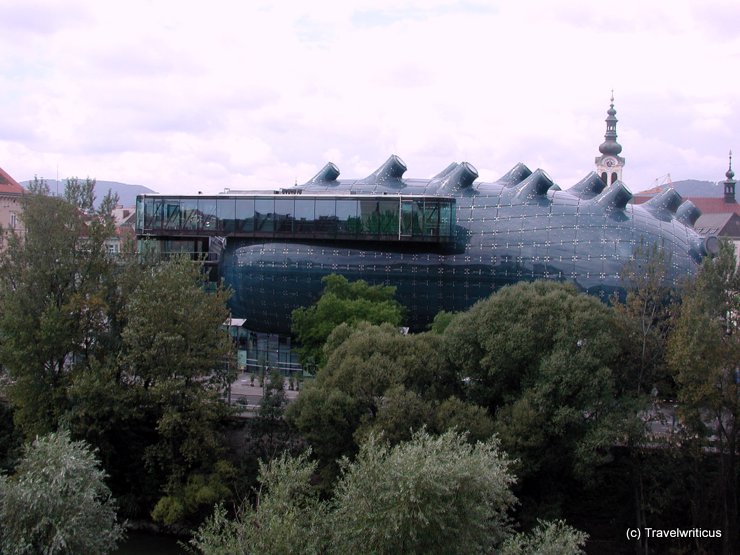
The Kunsthaus, dating back to 2003, shows exhibitions of contemporary art. Because of its architecture, it is generally known as the “Friendly Alien”. The form of an irregular bubble offers the possibility to enjoy bulky sculptures in an appropriate space.
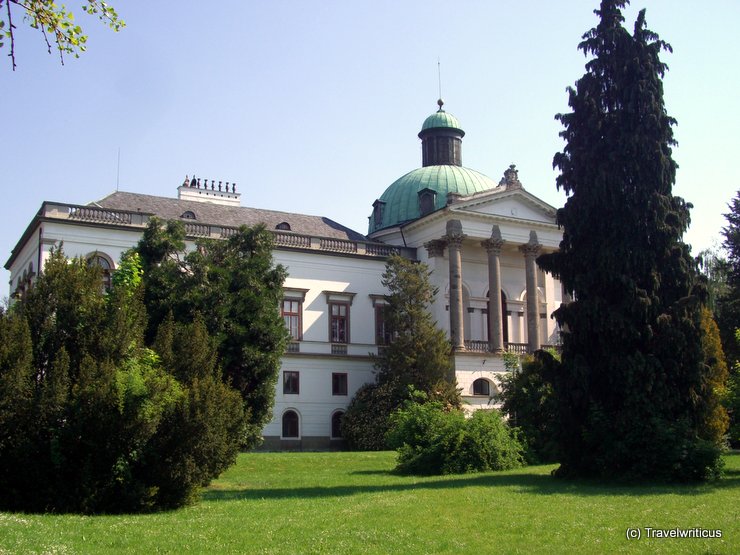
Topoľčianky Palace (Zámok Topoľčianky) used to be the summer retreat of the first president of Czechoslovakia. Near the castle, you find a stud for Lipizzaner horses and a reserve for European Bisons.
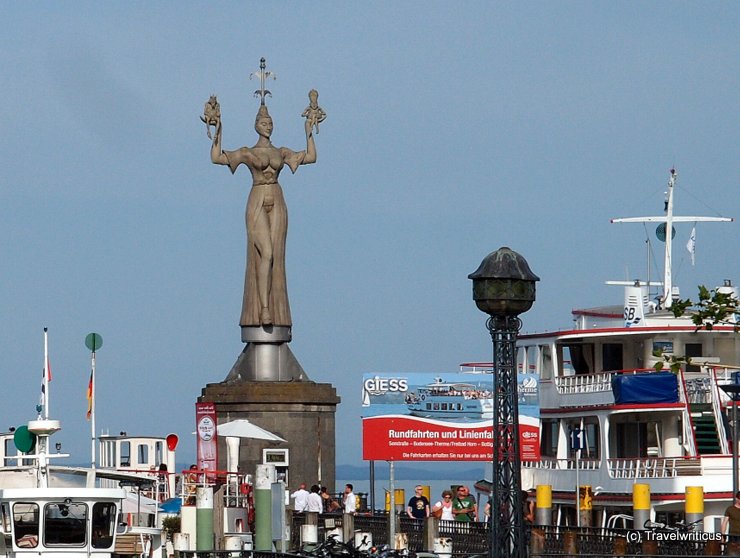
The statue of Imperia is placed at the port of Konstanz (Constance). It reminds us of the Konzil von Kostanz (Council of Constance) in the years 1414-1418. The rotating statue serves as a prominent landmark for passengers of ships on Bodensee (Lake Constance).
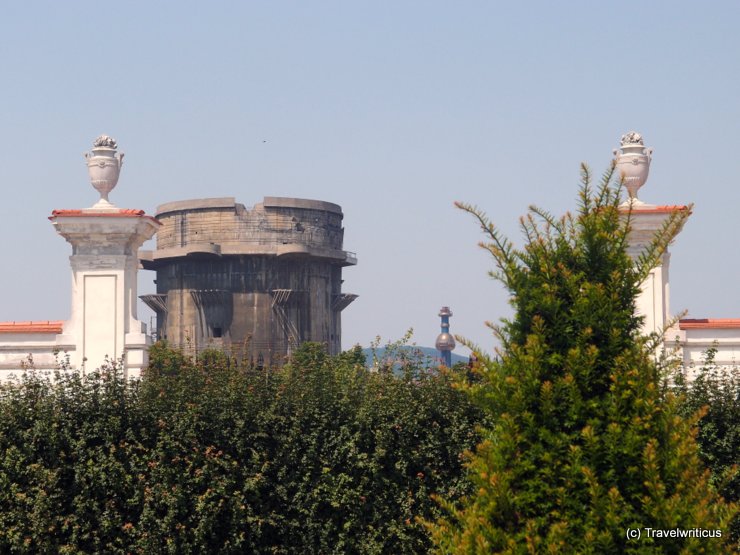
The pic shows three architectural periods in Vienna. In the foreground, you see Baroque walls. The background forms an air defence tower of WW II and the chimney of a garbage incineration plant (1992) designed by Friedensreich Hundertwasser.